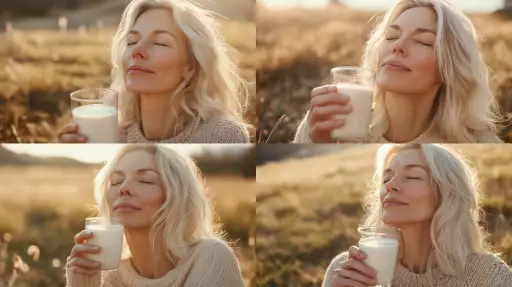Explore the Best AI Image Gallery

Pixels and Perception: AI-Generated Images Reshape the Art World
The art world is in constant flux, evolving with each technological leap. Today, a new frontier is being explored: AI-generated images. These creations, born from algorithms and vast datasets, are blurring the lines between human creativity and machine intelligence, sparking debate and redefining the very essence of art.
A Canvas Unleashed: The Creative Potential
AI image generators offer artists an unprecedented level of creative freedom. They can experiment with novel styles, textures, and concepts, pushing the boundaries of imagination. These tools act as collaborative partners, augmenting human creativity rather than replacing it.
- Concept Visualization: Artists can rapidly bring their ideas to life, visualizing complex scenes or abstract concepts with ease.
- Style Transfer: Infuse existing artworks with different artistic styles, creating unique interpretations and mashups.
- Generative Design: Generate intricate patterns, textures, and designs for various applications, from fashion to architecture.
Beyond Aesthetics: Applications Across Industries
The impact of AI-generated images extends far beyond the realm of fine art. They are finding applications in diverse fields:
- Marketing and Advertising: Create compelling visuals for campaigns, social media content, and product mockups.
- Gaming and Entertainment: Generate immersive environments, characters, and assets for video games and virtual reality experiences.
- Education and Research: Visualize complex data, simulate scientific scenarios, and create interactive learning tools.
Navigating the Ethical Landscape
The rise of AI-generated images raises important ethical considerations:
- Copyright and Ownership: Who owns the copyright to AI-generated artwork? The creator of the algorithm, the user who provides the input, or the AI itself?
- Bias and Representation: AI models are trained on existing datasets, which may contain biases that reflect societal stereotypes. This can result in the perpetuation of harmful representations.
- Authenticity and Deception: The ability to create realistic images raises concerns about the potential for misuse, such as generating fake news or manipulating public opinion.
The Future of Art: A Symbiotic Evolution
AI-generated images are not a replacement for human creativity but rather a powerful tool that can augment and expand it. As technology advances, we can expect to see:
- More sophisticated AI models: Capable of generating even more realistic and nuanced images.
- New creative workflows: Integrating AI tools seamlessly into the artistic process.
- Blurred lines between reality and virtuality: With AI-generated imagery becoming increasingly indistinguishable from photographs.
The future of art lies in a symbiotic relationship between human imagination and machine intelligence. By embracing this evolution, we can unlock new creative possibilities and redefine the boundaries of artistic expression.
](https://images.ai-img.art/thumbnails/150/bddf3ae4a232290858389b933c866ad3be429ef2e25c23a9f4d7713ed6e44d0b.webp)
















](https://images.ai-img.art/thumbnails/150/4289d1230b86a96c4d556636c3167bed0ef38f850826549517e4e45db4d87bf7.webp)












](https://images.ai-img.art/thumbnails/150/f67d9af3398150f2ab1bcf250717fea134275e2ca896252b54a4d9bb3719f9ac.webp)




](https://images.ai-img.art/thumbnails/150/008b5d5d49667cc2e93a5f8a8adfaa545963da99c39ff0901f5296294636400d.webp)
](https://images.ai-img.art/thumbnails/150/f9584153b4cddd8c9fab611dc10247549b275c59bc173251e37d0935874f9deb.webp)


](https://images.ai-img.art/thumbnails/150/c2c9c48b38fae37f0a457b80b084ed01ba803810fc8f488c8f610c03abc74049.webp)

